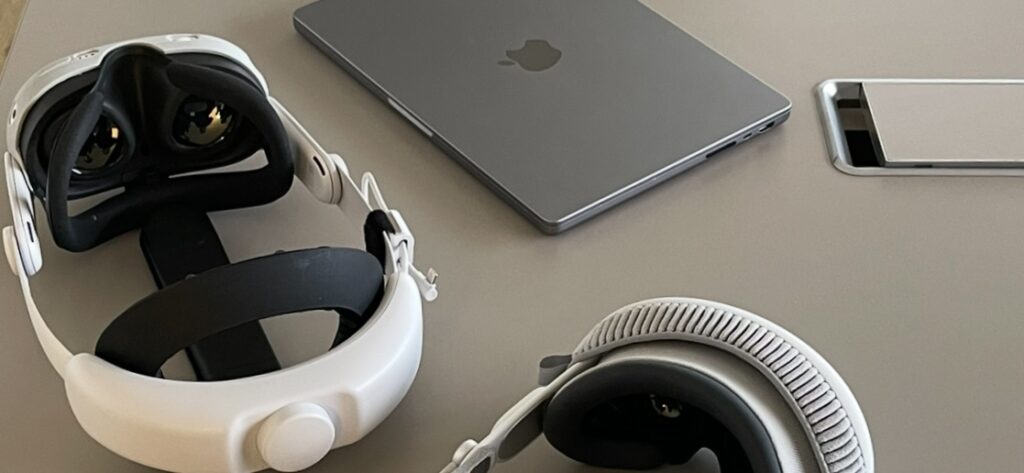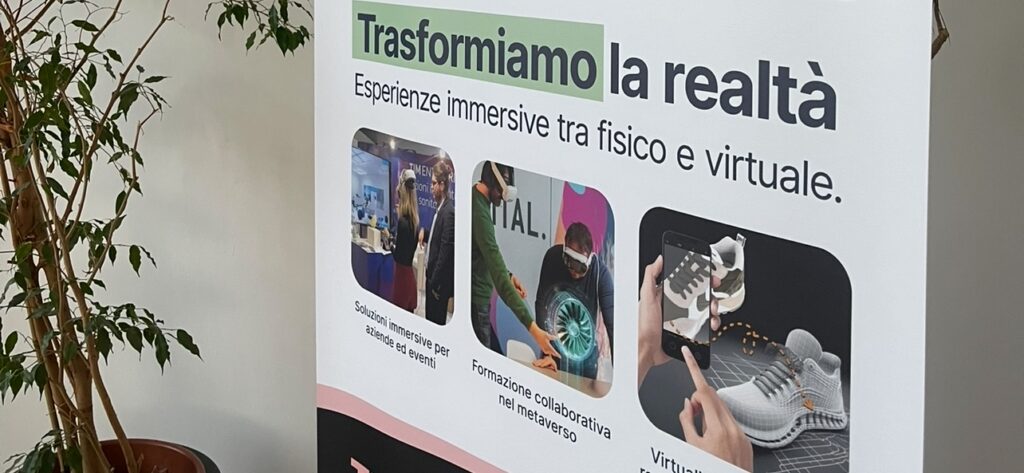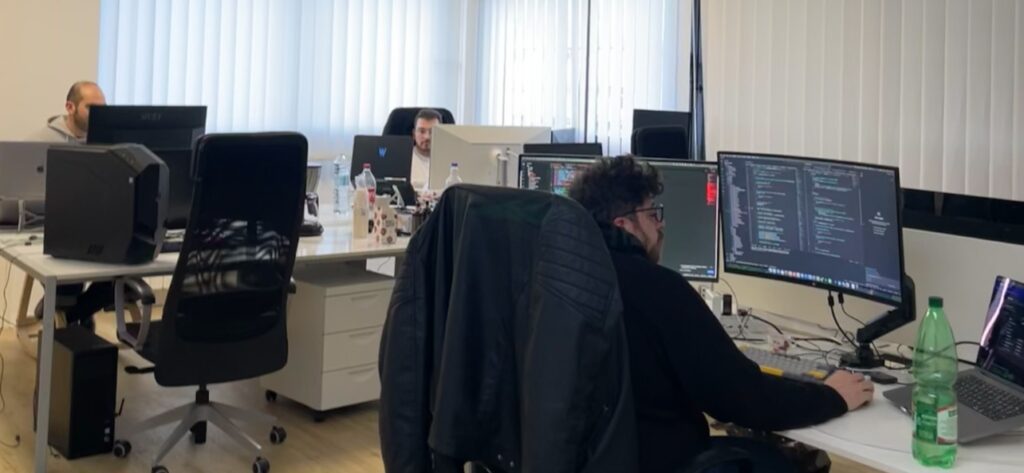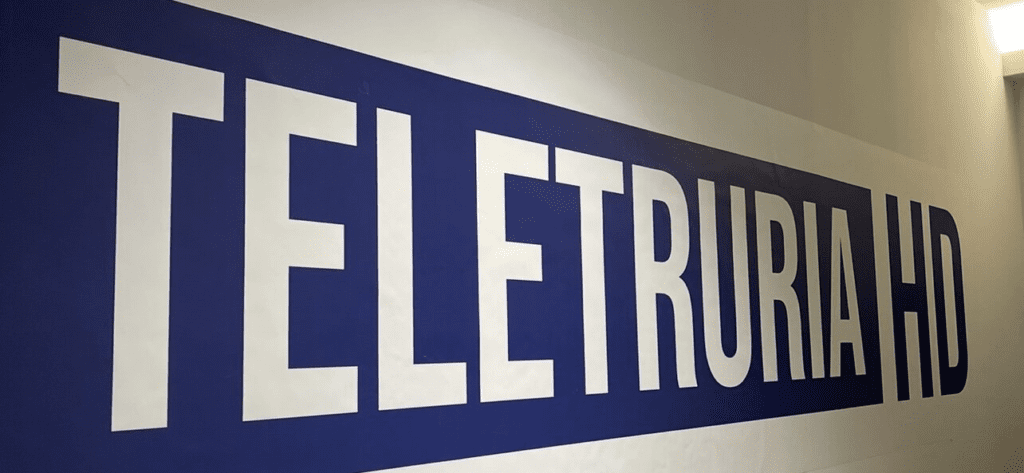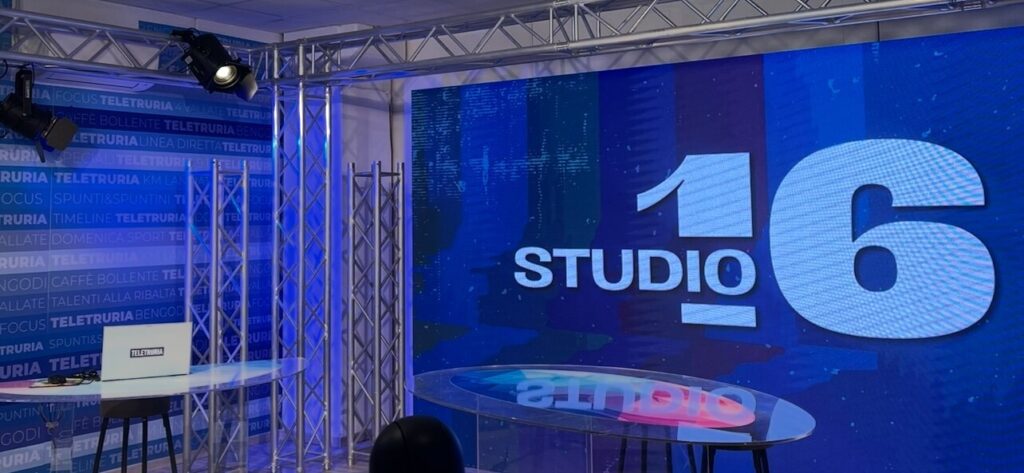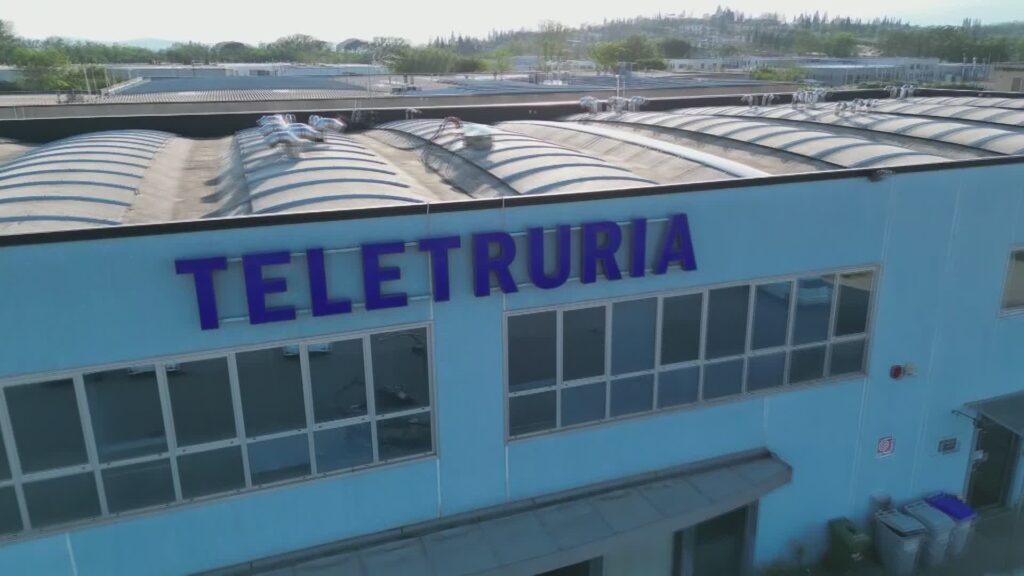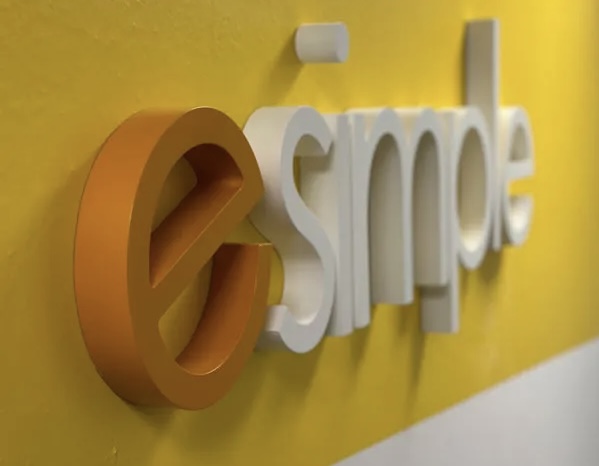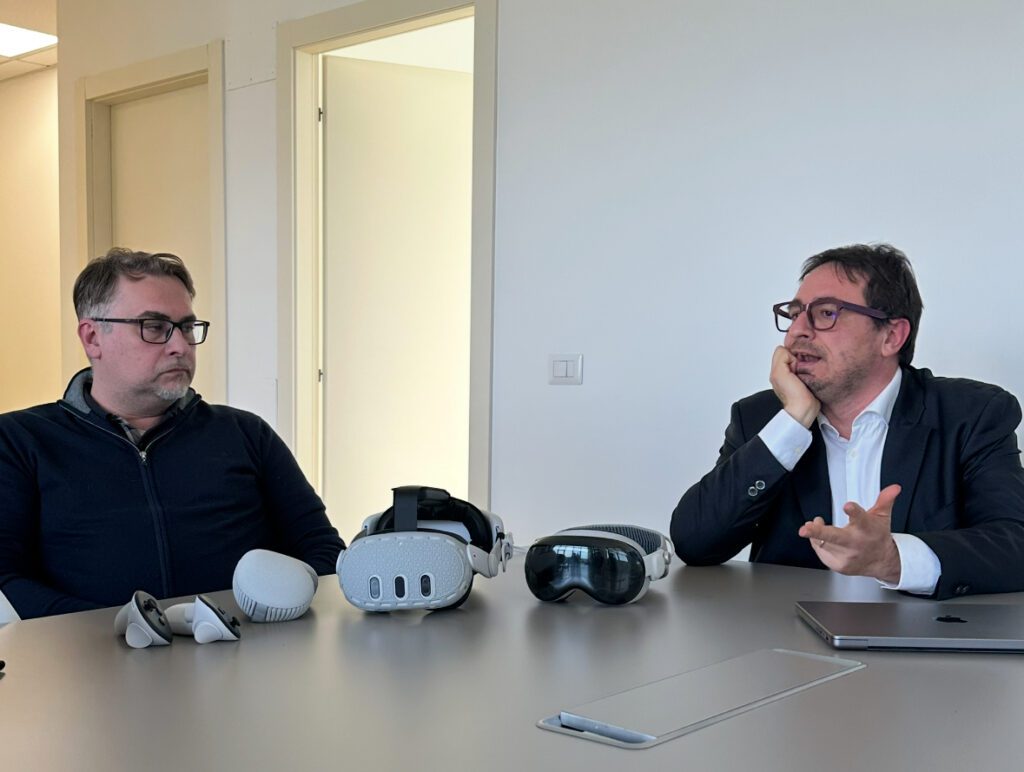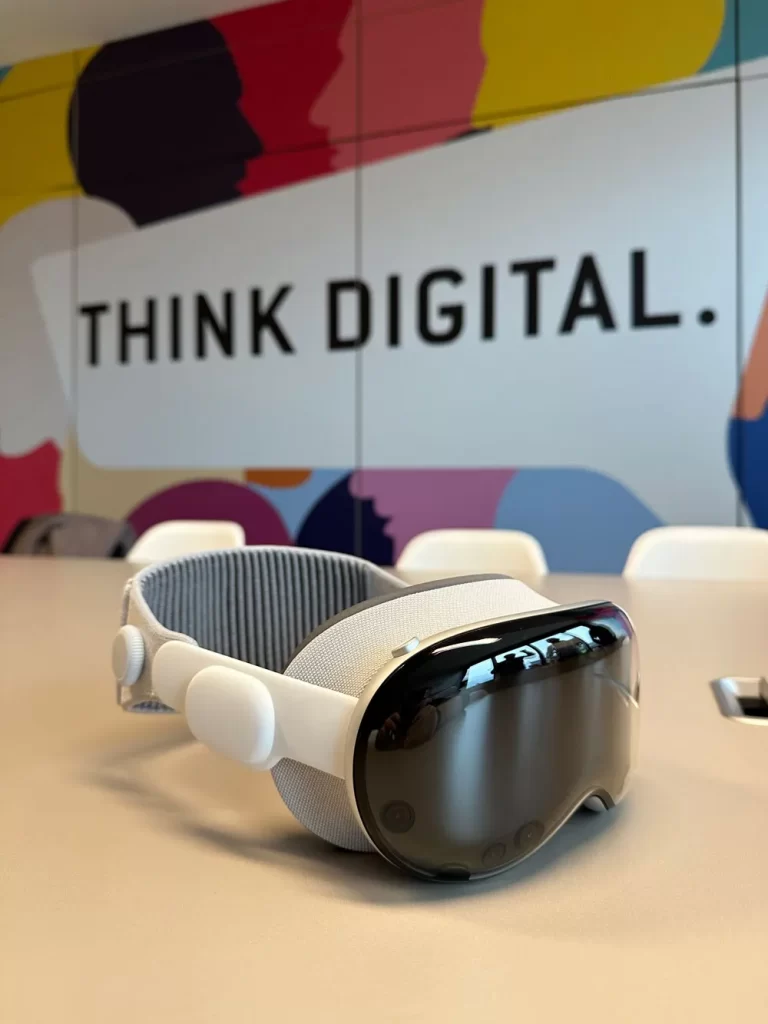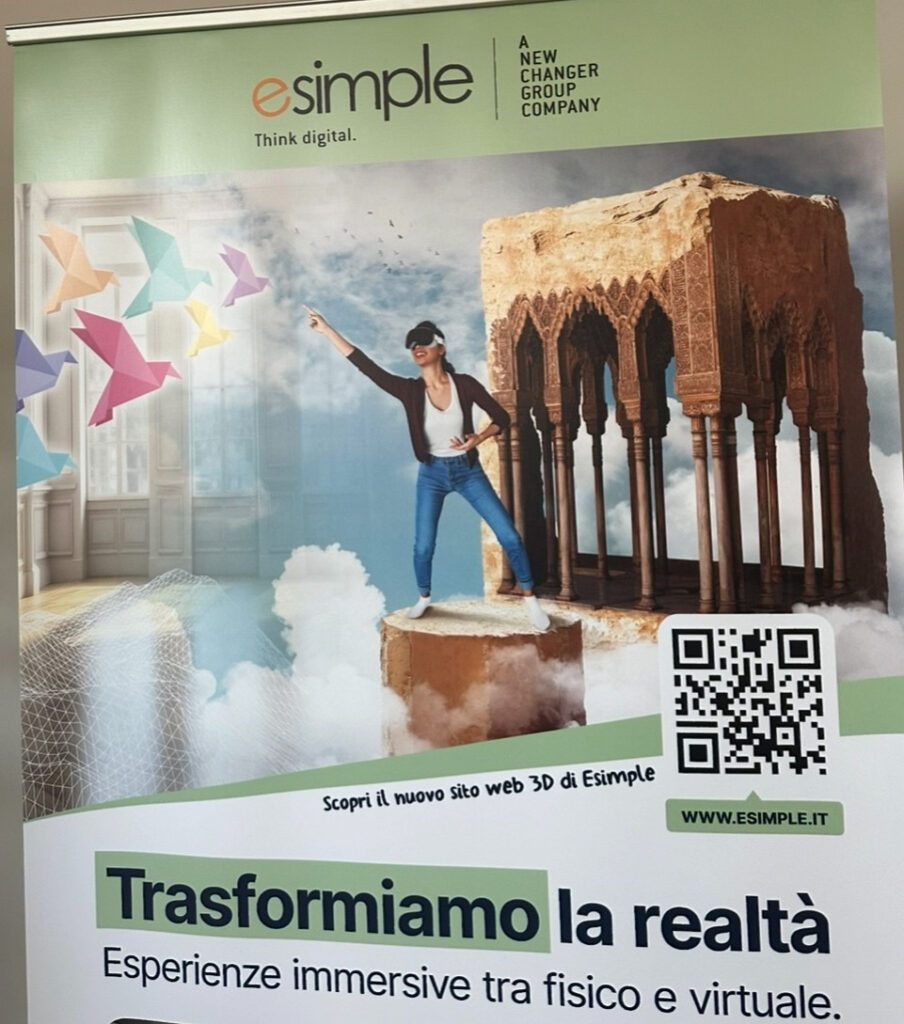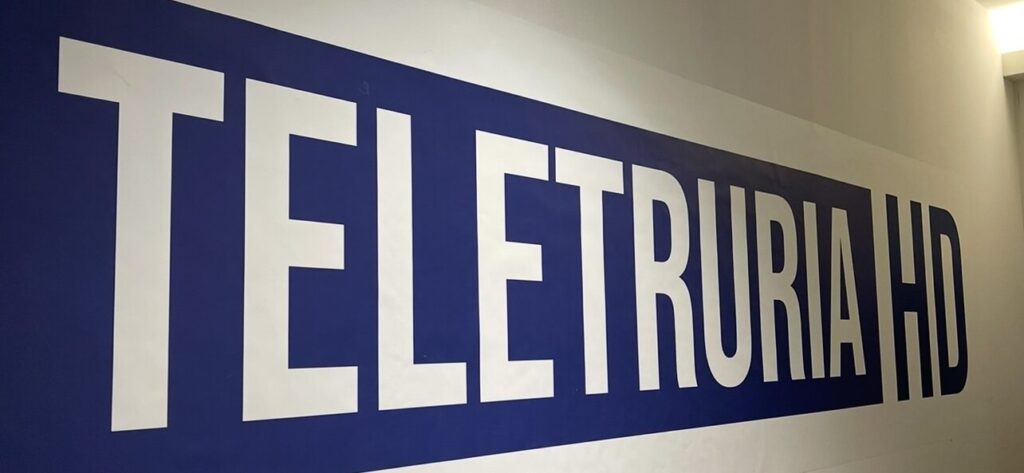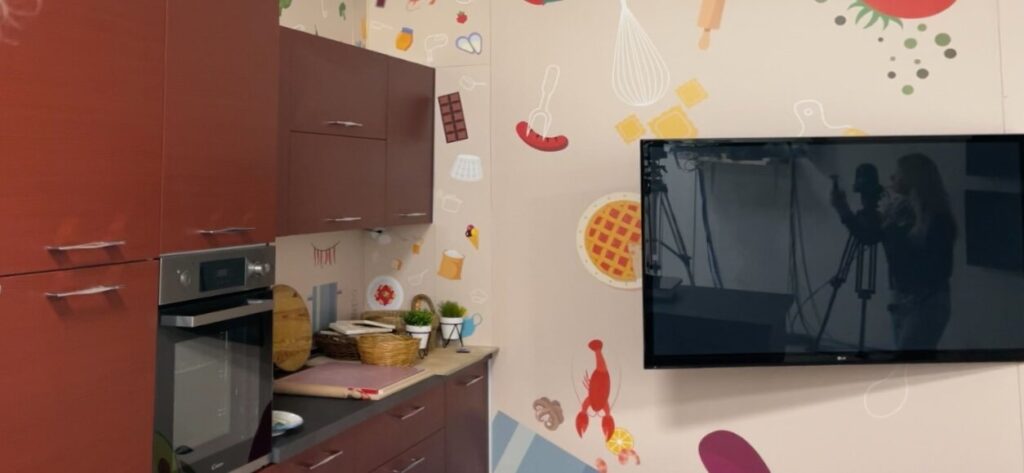When I walked into Italpreziosi this past Monday, handing my ID off to security after finally getting past their industrial double-metal-door entrance, I didn’t expect to be holding $1.1M gold bar an hour later. To be quite honest, I initially thought this visit would be boring and only reinforce my belief that corporations are driven by pure profit and have no regard for morals. I soon found out that the real pure thing about Italpreziosi (besides the gold) is their commitment to ethical business practices and social responsibility.

This week, I was assigned the community aspect of innovation. How does this company’s innovation impact the community? How does the community impact the company’s innovation? These are the questions I sought the answers to going into our interview with the Corporate Social Responsibility (CSR) Director, Alice Vanni. My first question was a simple one: “How does the Arezzo community interact with your company?”

Vanni: “We interact with Arezzo by supporting local initiatives. Usually what we do is make sure that we can support our community with requests for funding projects and we give priority to those that are linked to direct impact. For example, we are supporting reconstruction of an area that will be turned into a recreational area for children and the community near it. We try to support initiatives that highlight culture and education and we still would like to support more that highlight biodiversity and climate change.”
I think it’s pretty clear that Italpreziosi places a strong emphasis on local engagement and cares about the community’s well-being. By prioritizing projects that focus on education, culture, and environmental sustainability, they’re supporting immediate needs AND contributing to long-term positive change.
I think how they approach corporate responsibility is quite innovative, as they understand that associating yourself with being generous and giving back will promote a positive brand image. How many other companies do you know that are funding a playground?
What about the mining community? The people that are at the very beginning of the precious metal process? When asked about that community, she had this to say:
Vanni: “We make sure everything in our supply chain is regular and formalized, starting with a project with local NGOs where they support formalized entities to unionize. Every year we invest money on this, and we support Fairmind, which you can see on the website. We even created a mobile app that will make sure information is accessible and easy to understand [for these miners]. Community is everywhere. We have things locally, and we have things globally, because even if you don’t see them [the miners], they’re there.”
To me, this is a special kind of innovation, because it doesn’t directly grow profits. This innovation is only because of the company’s commitment to social responsibility. It’s about creating lasting, positive change in places where companies often overlook the most vulnerable. Rather than viewing their supply chain as a series of transactions, Italpreziosi sees it as a community in need of support and development. This approach is not the normal way of doing things, but I’m so glad someone is trailblazing this important path.

In the words of their co-founder and CEO, Ivani Ciabatti, “I have sparked a small revolution in the mining industry, working towards ethical and traceable gold. Since 2008, Italpreziosi has been one of the first companies in the world to implement total traceability of gold, from extraction to the finished piece of jewelry. This ensures that every step is transparent and meets high environmental and social standards. I believe that ethics is not just a word but a daily action that requires concrete devotion and determination.” There’s a sign on the wall when you first enter that reads “Behind every successful venture there is someone who has made a courageous decision.”
Back in Arezzo, inside their office, I noticed another aspect of the employee community. The ratio of female to male employees was much more balanced than what corporate offices are normally accustomed to. Even in leadership positions, women held their spaces equally if not more than their male counterparts. I would argue that diversity itself is another way Italpreziosi is innovative. Diversity also creates innovation.
Women in leadership roles at Italpreziosi is a win for gender equality, but it also shows that the company values different perspectives and understands the power of inclusivity to drive innovation. During our conversation, they mentioned that when they had an audit done, the auditor remarked that they were far above industry standards for gender equality. Impressing a third-party auditor is a subtle flex, but it absolutely shows their commitment to inclusion.

By the end of the visit, where we got to be gold miners for the day (Ashtynn and I pictured here) and hold literal millions in our hands, I left with a new perception of this company. This is how you innovate with integrity. Italpreziosi isn’t only creating precious metal products. They are creating a legacy built on ethics, community support, and inclusivity.
By combining innovation with a commitment to social and environmental causes, Italpreziosi is living proof that corporate businesses can do it all! You can be successful while making a meaningful impact on the world. It isn’t only about gold, it’s about setting the gold standard for how companies should operate: with transparency, fairness, and sense of responsibility. As they continue to lead their competitors for traceable sourcing and a more inclusive staff, one thing is clear: Italpreziosi is setting the bar higher. See what I did there?



